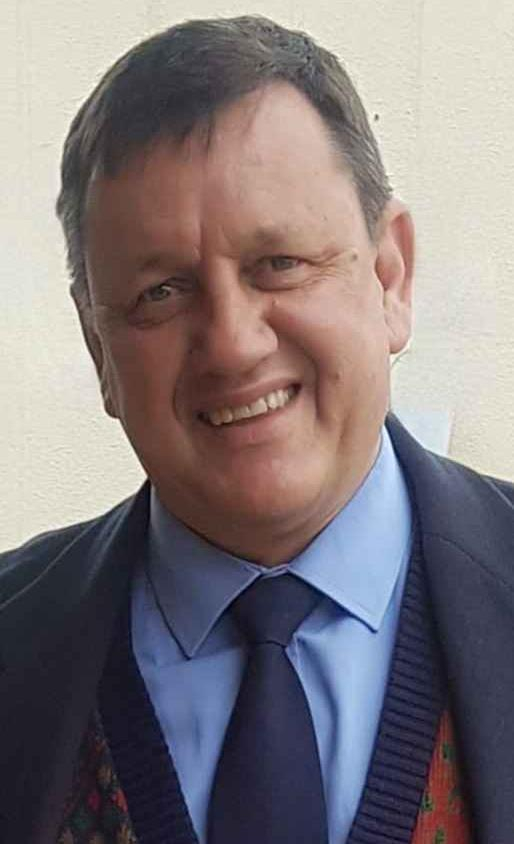Krotoa ends up on Tweebosch and she wonders what has become of her pasture
 Andries Buys, 12 August, 2023
Andries Buys, 12 August, 2023The meaning of the interesting title slowly emerged during the presentation in which the farm Tweebosch, situated between Sannieshof, Ottosdal, and Delareyville, played a central role. Andries Buys travels back along the genealogical tracks of his Buys and Schutte ancestors who lived on Tweebosch. He goes all the way back to Krotoa, who was born at the Cape in 1663. She was a highly intelligent person who played an important role as an interpreter.
The lineage records of the Schuttes and the Buyses and their connection with Tweebosch were presented in detailed and with meaningful illustrations. The history of Tweebosch can be divided into different phases. Initially, it was pasture land (weiveld), but feed was scarce during winters. It was then turned into arable land (saaiveld), where boys had to prepare the fields with picks for sowing. Only in 1948 did the first Vaaljapie tractor (Ferguson TE20) make its appearance.
Tweebosch was also a battlefield during the Anglo Boer War and later turned into a mining area when diamonds were discovered and diggings multiplied during the 50s and 60s. Mining later ceased due to, among other things, expensive diesel and a shortage of water. Everything was abandoned, which impacted the environment negatively. Piles of tailings and mining waste lie along the Klein Harts River and rehabilitating the area will be very costly.
From the original pastureland, where the descendants of Krotoa lived, nothing remains.

